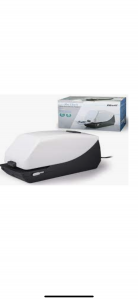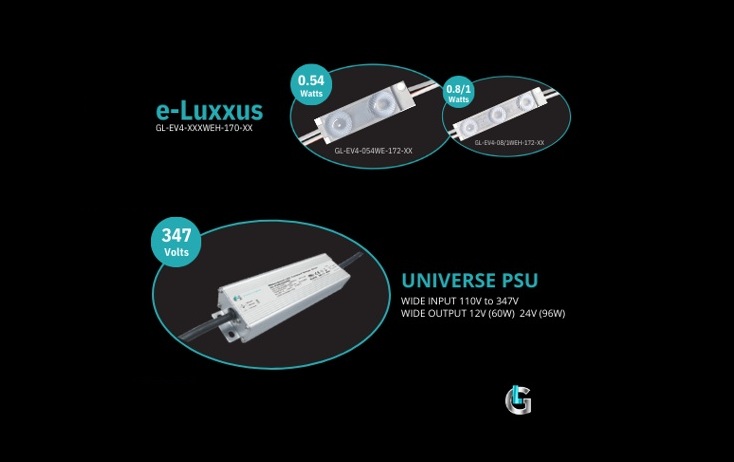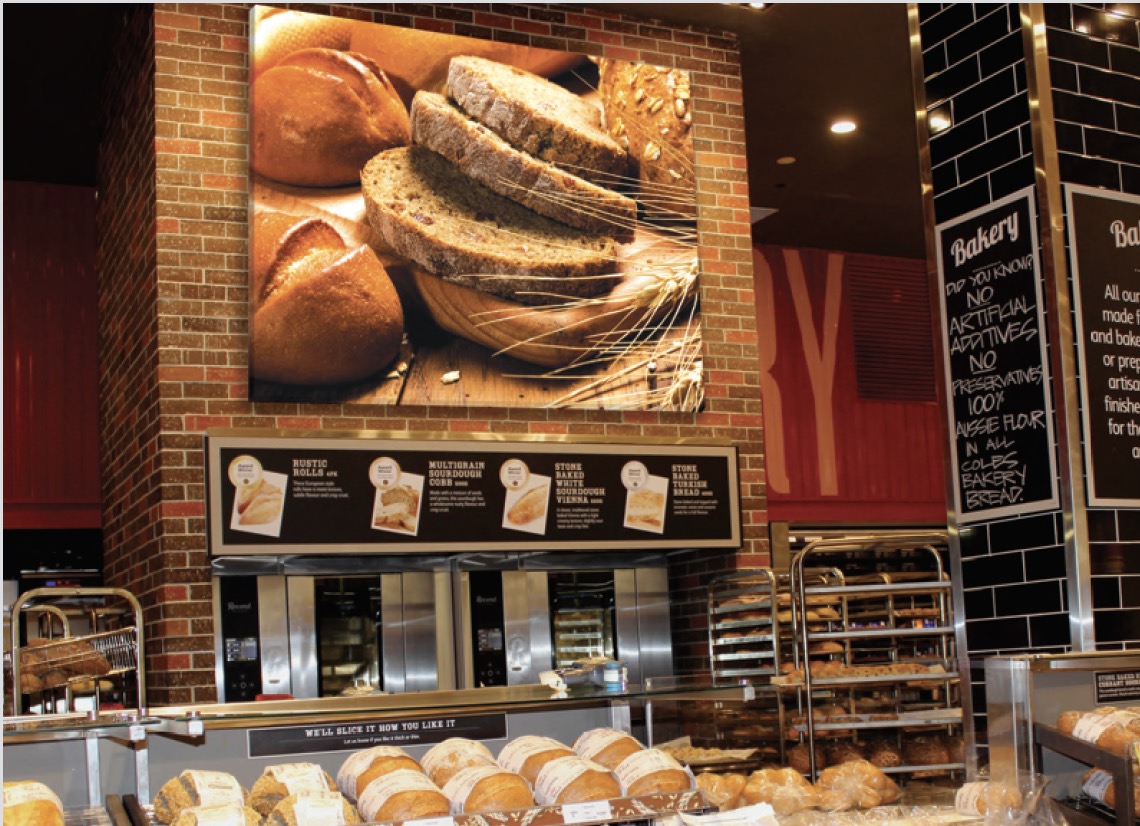Illumination: Lighting up the Toronto sign
Lighting the letters
For illumination, Unit 11 turned to the LED design division of Tad Lighting Services, with which it has worked on many past projects, including the HNIC set.
“It’s been a marriage made in heaven,” says Adrian Goldberg, Tad’s president. “It’s a joy to work with Unit 11 because we each understand what the other needs.”
“Everything you see on TV has LEDs in it now,” adds Loughlin.
Similar to the HNIC set, the challenge with the Toronto sign letters was to provide even illumination across all of the front and rear faces.
“We prepared rolls of LEDs while the letters were being put together in Unit 11’s shop, rather than afterwards,” says Goldberg. “This way, we could work in parallel to ensure the quality and evenness of the lighting. The LEDs needed to be installed with a clear line of sight to the polycarbonate faces of each letter.”
“We also made sure there was lots of air space to keep the LEDs cool, as the letters could heat up a bit in the summer sun,” says Loughlin.
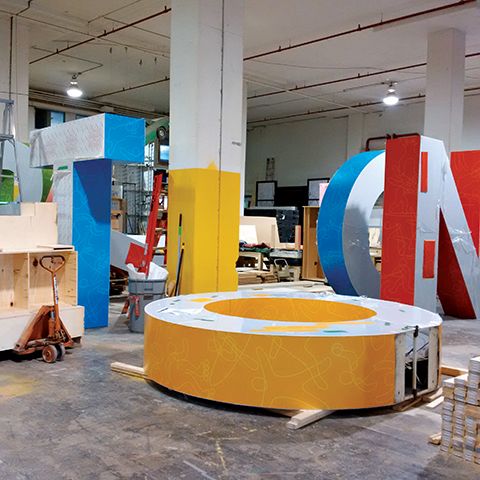
Another challenge was making the illumination of each letter individually addressable and controllable.
“Each letter has a box inside that is controllable from a lighting board or master computer, to provide the most flexibility,” Goldberg explains. “Using Digital Multiplex (DMX) encoders as the ‘brains’ of the system, the operator can adjust the lighting levels of red, green, blue and white (RGBW) LEDs to create any of 256 million colours.”
This was useful to the city, which planned to match the colours of the letters to the specific branding scheme of the Pan Am Games, as well as co-ordinating them with the lighting of City Hall and nightly fireworks above the square.
Put in their place
The sign was unveiled in early July. Unit 11’s team installed it along the northwest corner of Nathan Phillips Square’s reflecting pool, positioning it for photo opps with City Hall’s towers in the background and the letters’ own reflections in the water. An optimal vantage point for photographers south of the pool was even delineated with street decals, urging visitors to share their photos via social media with the hashtags #share3DTO (representing the 3-D nature of the Toronto sign structure) and #HostCity2015.
“It was hard to install it, because as soon as we started, everyone was crowding around to photograph it,” says Loughlin. “I got interviewed on the spot by a television network and a newspaper! It was four days before the opening ceremonies and no one outside City Hall really knew the sign would be there.”
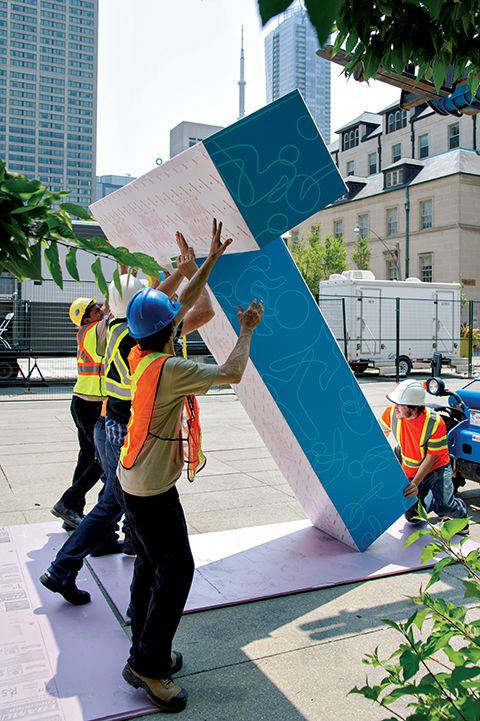
Each letter weighs about 136 kg (300 lb) and sits upon a 1,180-kg (2,600-lb) plinth (i.e. base), for a total sign weight of 9,207 kg (20,300 lb). Despite this and the outdoor-ready materials, however, Unit 11 had to handle the letters with care during the on-site installation.
“If they didn’t light up, it might be a no-brainer,” says Loughlin, “but because of the thin material that enables a bright, even glow, you have to be careful. We couldn’t have amateurs installing these.”
The LEDs also necessitated some changes at the last minute.
“The plan was to control the illumination of each letter wirelessly, but as it turned out, there was too much signal interference in the area,” says Goldberg. “Given we had to run power to each letter anyway, we simply added Ethernet cabling between them, all the way down the line, with the last cable going to the control system.”
“You could also store a data sequence with a ‘colour queue’ in each letter and unplug it, but this way, there would be ‘live’ control,” says Loughlin.

